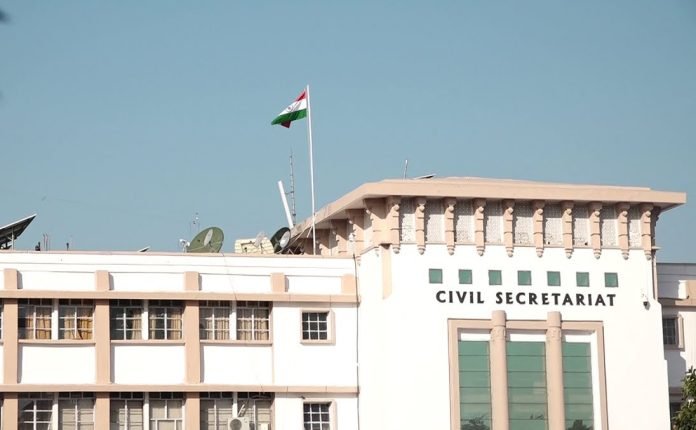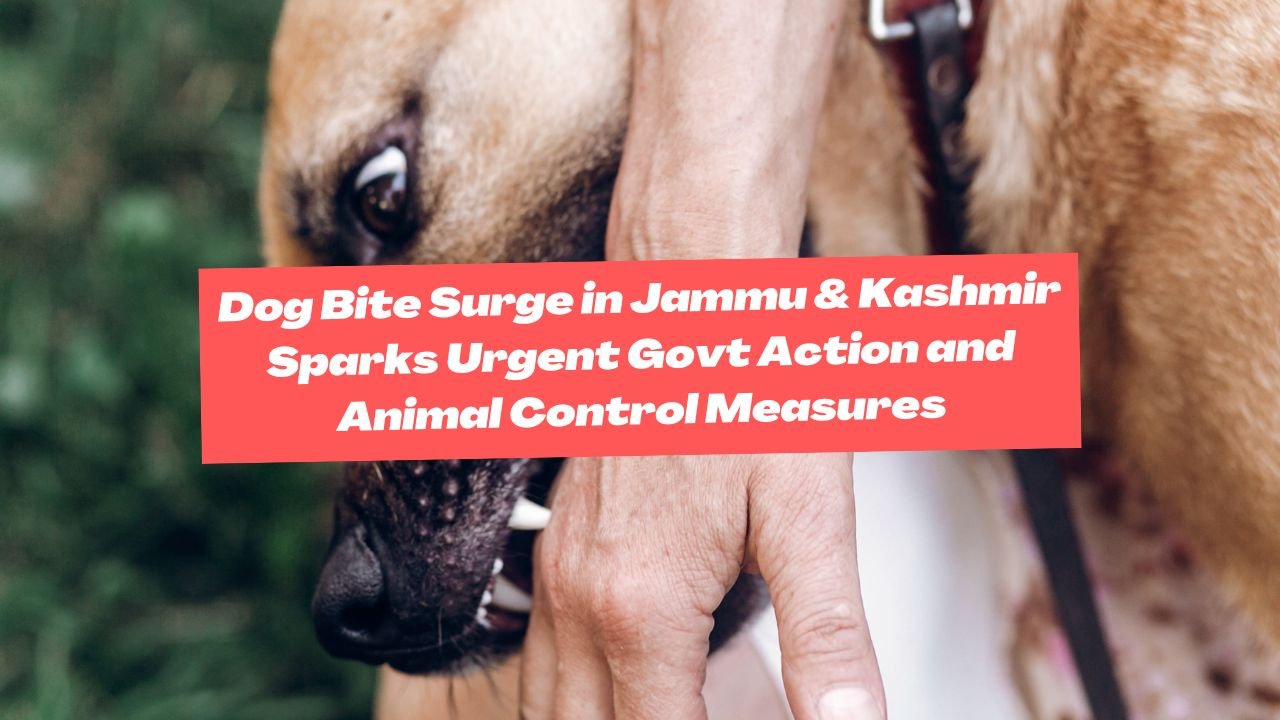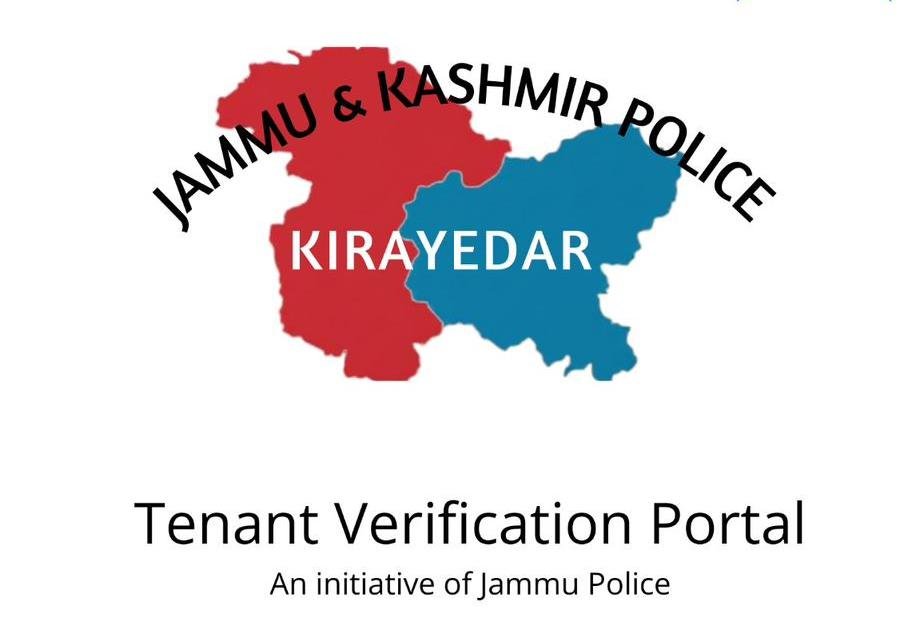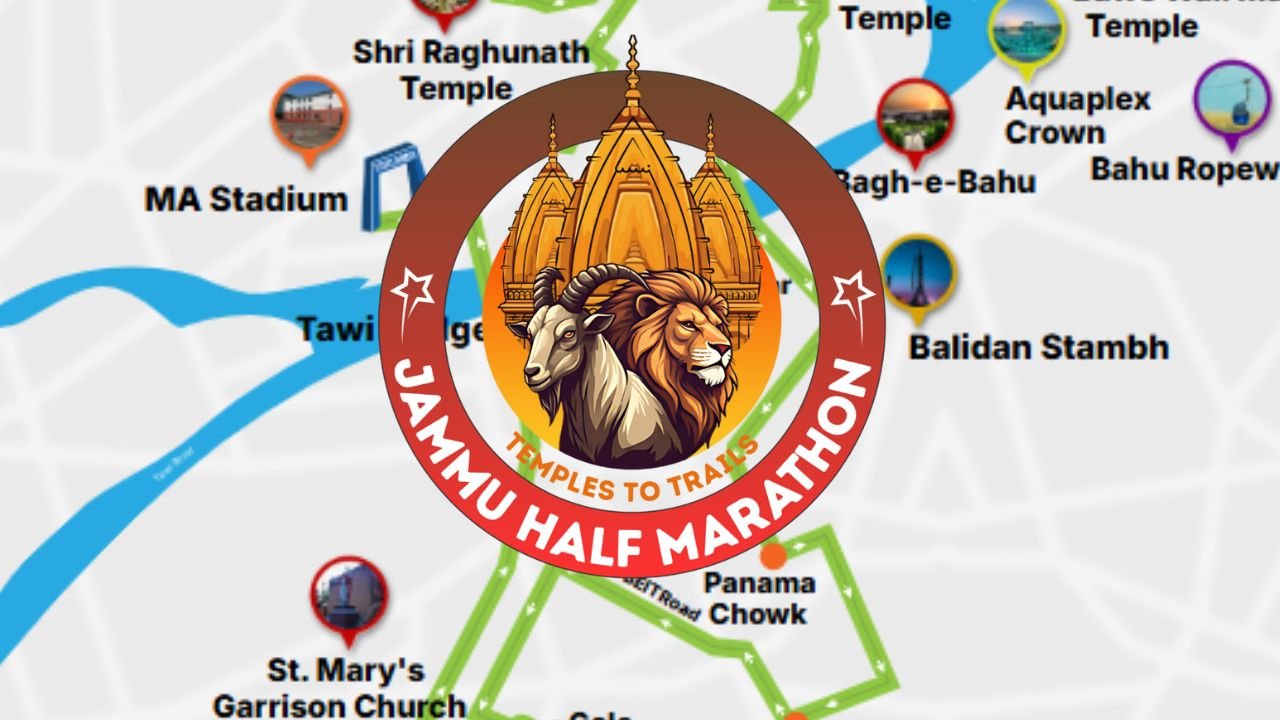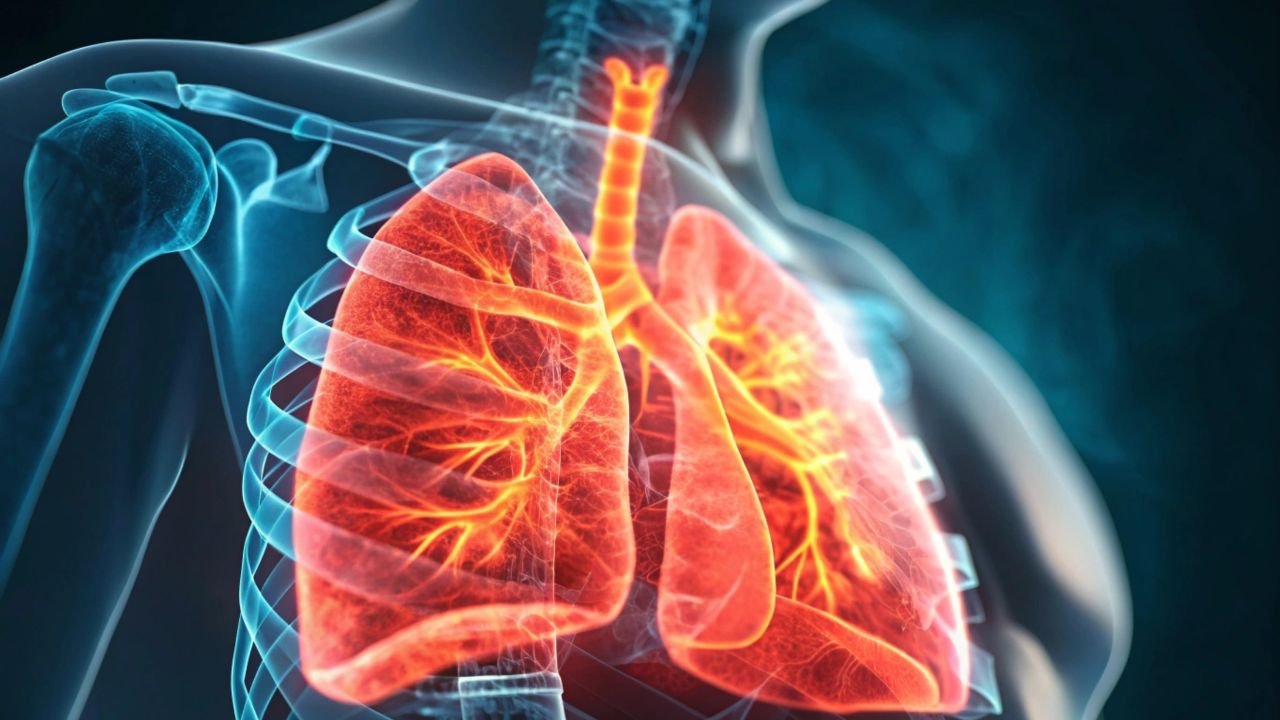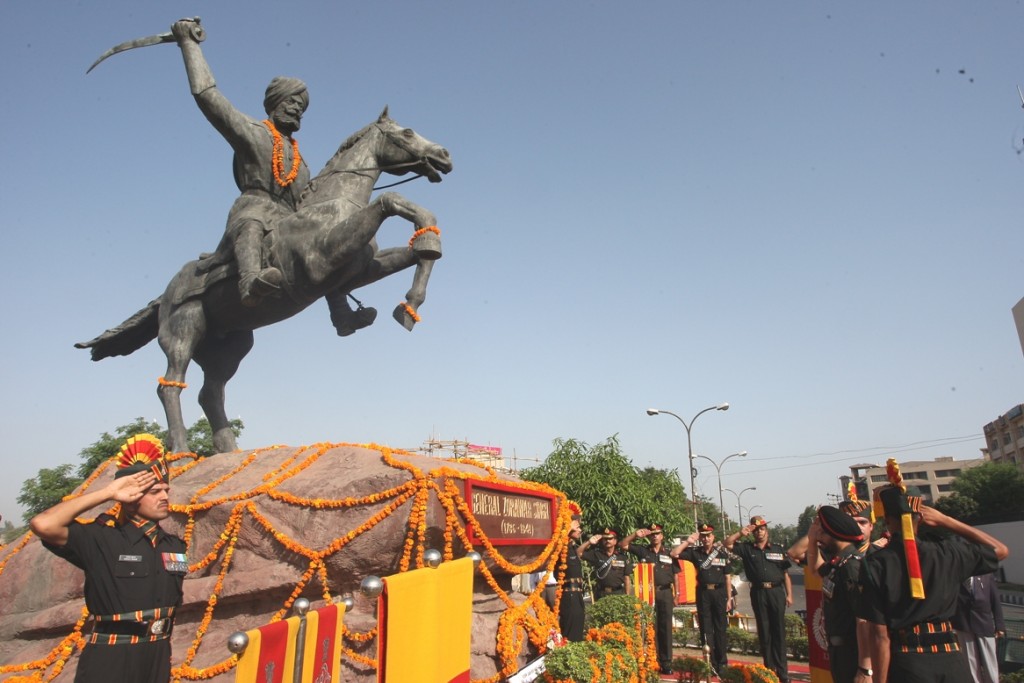The historic Darbar Move — the biannual shifting of Jammu and Kashmir’s seat of power — is back after a four-year hiatus. This marks the revival of a centuries-old tradition that symbolizes administrative continuity between Srinagar and Jammu, the two capitals of the Union Territory. The decision has sparked massive civic and infrastructural activity in Jammu, as government offices prepare for the upcoming winter session of 2025-26.
Chief Minister Omar Abdullah arrived at Jammu’s Raghunath Bazar, where local traders and shopkeepers extended a warm welcome. The visit comes as part of the restored Darbar Move, with traders expressing optimism about renewed administrative activity and its positive impact on… pic.twitter.com/Mxlz9dAAQo
— Gulistan News (@GulistanNewsTV) November 3, 2025
Abdullah, accompanied by Deputy Chief Minister Surinder Choudhary and minister Javed Rana, left his official residence around 9 am and walked a few kilometres to reach the civil secretariat.
Traders turned up in large numbers. They garlanded the chief minister, showered flower petals and distributed sweets amid drumbeats throughout the journey.
Darbar Move Restored by Omar Abdullah Government
The Omar Abdullah-led National Conference government has officially reinstated the Darbar Move, which was halted in 2021 under the Lt Governor Manoj Sinha administration. The previous government had discontinued the practice, citing digital governance through e-office systems, which reportedly saved the exchequer around ₹200 crore annually.
However, the current administration views the Darbar Move as a heritage practice — first initiated by the Dogra rulers in 1872 — and an essential link between the two regions. The Chief Minister announced the restoration of the practice earlier this month, calling it a move to “restore administrative balance and historical tradition.”
Jammu Gets a Facelift Ahead of the Move
Following the announcement, civic bodies in Jammu have begun extensive beautification drives across the city. Roads, government offices, and residential quarters are being refurbished to welcome thousands of officials relocating from Srinagar to Jammu for the winter.
On October 16, 2025, the Jammu and Kashmir government issued an order mandating all offices in Srinagar to close by October 31, ensuring a smooth transition. The decision has been widely welcomed by locals, particularly Jammu traders, who called it a “Diwali gift” from the government.
J&K Govt. Ministers’ November–December Roster Announced
In line with the Darbar Move schedule, the government released Order No.1412-JK(GAD) of 2025, detailing the November–December roster for ministers who will remain available at the Civil Secretariat, Srinagar.
Here’s the roster schedule:
- Javid Ahmad Dar, Minister for Agriculture Production, Rural Development & Panchayati Raj, Cooperative, and Election Departments – November 3 to 7, 2025
- Sakeena Masood Itoo, Minister for Health & Medical Education, School & Higher Education, and Social Welfare – November 10 to 14, 2025
- Satish Sharma, Minister for Food, Civil Supplies, Transport, Science & Technology, IT, Youth Services & Sports, and ARI & Trainings – November 17 to 21, 2025
- Surinder Kumar Choudhary, Deputy Chief Minister – November 24 to 28, 2025
- Javed Ahmed Rana, Minister for Jal Shakti, Forest, Ecology & Environment, and Tribal Affairs – December 1 to 5, 2025
These ministers will oversee administrative coordination and public grievance redressal during the transition phase.
Administrative Secretaries’ Winter Schedule Issued
Simultaneously, the General Administration Department (GAD) released Order No.1407-JK(GAD) of 2025, outlining the availability of Administrative Secretaries at the Civil Secretariat, Srinagar, for November 2025.
The rotational schedule includes:
- Anil Kumar Singh, IAS (ACS, Public Works R&B) and Mohammad Aijaz, IAS (Secretary, Rural Development) – Nov 3–7
- Shantmanu, IAS (ACS, Higher Education) and Naveen S.L, IAS (Secretary, Civil Aviation) – Nov 10–14
- Shailendra Kumar, IAS (ACS, Agriculture Production) and Dr. Piyush Singla, IAS (Secretary, IT Department) – Nov 17–21
- Dr. Ashish Chandra Verma, IAS (ACS, Tourism) and Dr. Syed Abid Rasheed Shah, IAS (Secretary, Health & Medical Education) – Nov 24–28
According to the order, this system ensures efficient governance, smooth communication, and timely public service delivery during the winter session.
186 Officers Stationed at Civil Secretariat Srinagar
In addition to the ministers and secretaries, the government has directed 186 senior officers from various departments to remain stationed at the Civil Secretariat, Srinagar, ensuring continuity of governance during the 2025-26 winter session.
This move aims to prevent any administrative delays and maintain effective coordination between the two capitals.
Jammu Administration Prepares for Winter Secretariat Shift
The Divisional Commissioner Jammu, Ramesh Kumar, recently chaired a high-level meeting to review preparations for the Darbar Move to Jammu, focusing on official accommodations, transportation, and logistical support.
Key departments such as PWD, Jal Shakti, and Health Services were instructed to ensure uninterrupted water, electricity, and healthcare facilities in government quarters.
The Director Estates is managing residential allocations, while MD JKTDC has been tasked with organizing meals and hospitality for employees during the move between Banihal and Jammu.
Focus on Safety, Traffic, and Infrastructure
Authorities are also addressing traffic and safety concerns along major routes including Kunjwani–Satwari and Kunjwani–Narwal.
The Regional Officer, NHAI, was directed to ensure smooth vehicular flow, while the Deputy Commissioner Jammu, Commissioner JMC, and DIG Traffic are coordinating a detailed plan to manage city traffic during the transition.
The Director Health Services Jammu has been instructed to deploy ambulances and medical teams along the route to tackle any emergencies.
Historic Tradition Meets Digital Era
The return of the Darbar Move represents a delicate balance between heritage and modernization. While critics argue the e-office system made the physical move unnecessary, supporters believe that the biannual capital shift strengthens the emotional and administrative bond between the Jammu and Kashmir regions.
Chief Minister Omar Abdullah described the revival as “a symbolic and functional restoration of our shared legacy,” promising to combine digital governance with traditional inclusivity.
Public Response: Pride and Optimism
Locals and business owners in Jammu have expressed overwhelming joy. For many, the Darbar Move’s return symbolizes revived economic activity, especially during the festive season. Shopkeepers, hoteliers, and transporters anticipate higher footfall, describing it as an “economic booster” for the region.
The revival of the Darbar Move after four years marks an important moment in Jammu and Kashmir’s political and cultural landscape. With meticulous planning, coordinated ministerial schedules, and strong public sentiment, the Omar Abdullah government aims to blend tradition with modern efficiency.
As Jammu prepares to host the winter capital once again, the move represents more than a bureaucratic shift — it’s a return to legacy, unity, and administrative balance in the Union Territory.
FAQs
1. What is the Darbar Move?
The Darbar Move is the biannual shifting of government offices between Srinagar and Jammu, started by Dogra rulers in 1872.
2. Why was it stopped in 2021?
It was halted due to the adoption of e-office systems, which aimed to cut administrative costs.
3. Who revived the Darbar Move?
The Chief Minister Omar Abdullah-led National Conference government revived it in 2025.
4. How many officers are stationed in Srinagar during the winter session?
A total of 186 officers from various departments are stationed there.
5. What are the main benefits of the Darbar Move revival?
It strengthens regional balance, supports Jammu & Kashmir’s economy, and preserves a unique administrative heritage.

